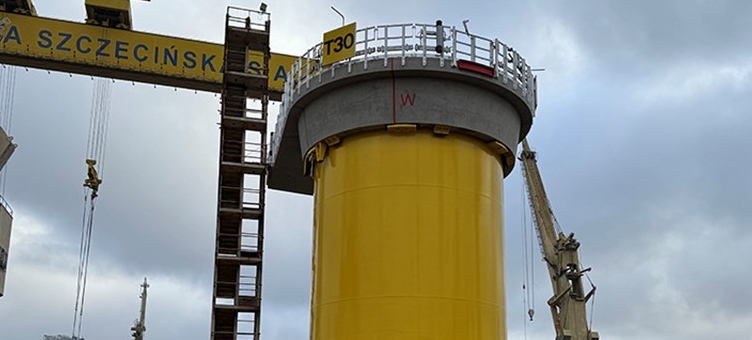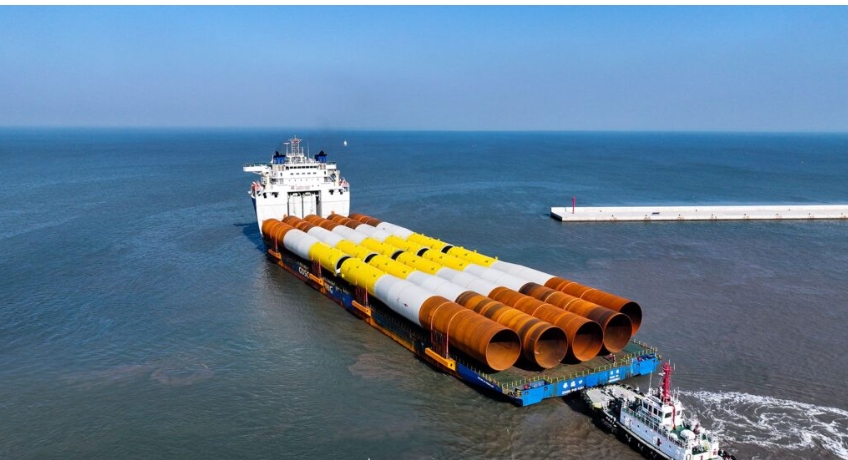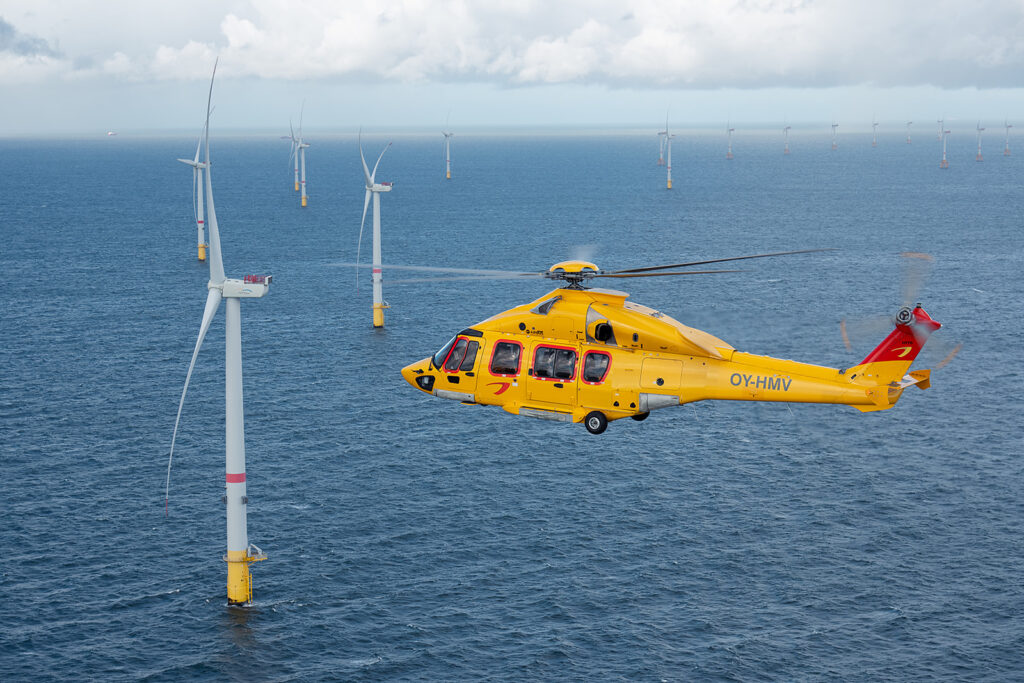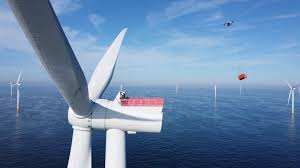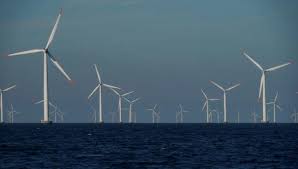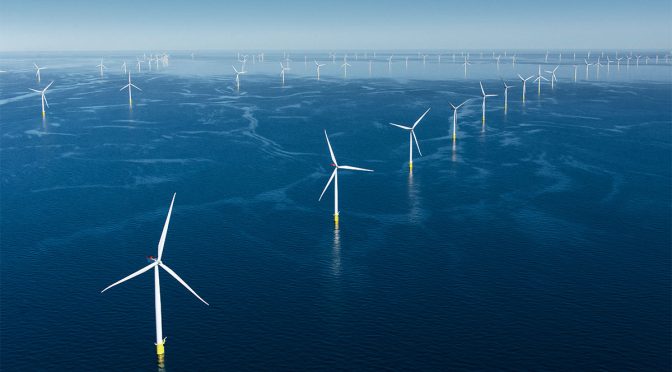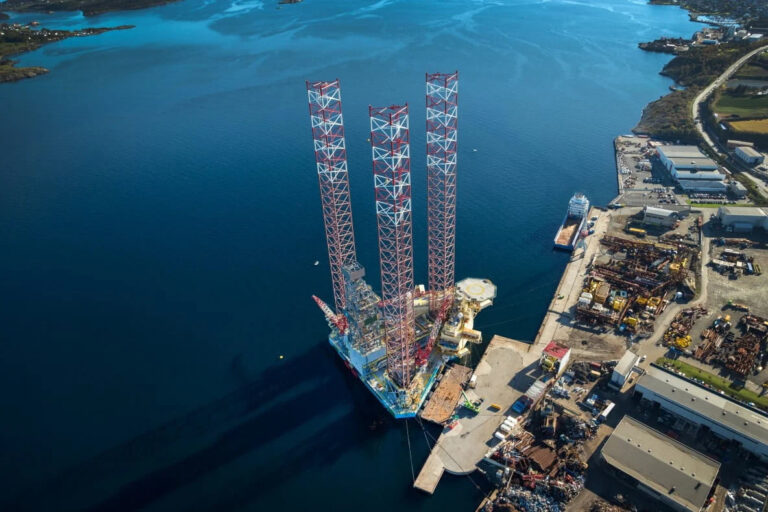
Main takeaways:
Offshore drillers exploring low-carbon technology options as part of sustainability frameworks to find cost-effective and sustainable power sources
LNG wins majority vote as key rig fuel to slash emissions in years ahead
Rig owners looking into running their rigs on alternative fuels
Hydrogen, methanol, and biofuels among future contenders to power drilling rigs in Seadrill and Saipem’s view, respectively
Efforts to decarbonize rig operations not yet at ‘in with the new greener fuels out with the old fossil ones’ stage
Embracing change and optimize drilling operations is work in progress
Odfjell Drilling places green fuels at the heart of its zero-emission drilling mission
Valaris’ emission reduction recipe: electrification and biofuel blends
Noble pinpoints green methanol as promising rig fuel for GHG emission cuts
Transocean’s strategy: oil and gas alongside renewables
With decarbonization sweeping over every corner of the offshore energy industry, the oil and gas sector is working to curb its greenhouse gas (GHG) emissions footprint. The offshore drilling industry has also embarked on the energy transition journey, as rig owners pursue innovation, digitalization, artificial intelligence (AI), and emission reduction tools to ensure more sustainable fleet operations.
While popular decarbonization methods on offshore platforms tend to include offshore wind farms and subsea cables connected to onshore power sources, the GHG emission reduction quest for the vast majority of offshore drillers entails finding a suitable replacement for diesel engines, which usually require 20 to 45 cubic meters of diesel fuel per day, depending on rig type, environment and operations being performed.
